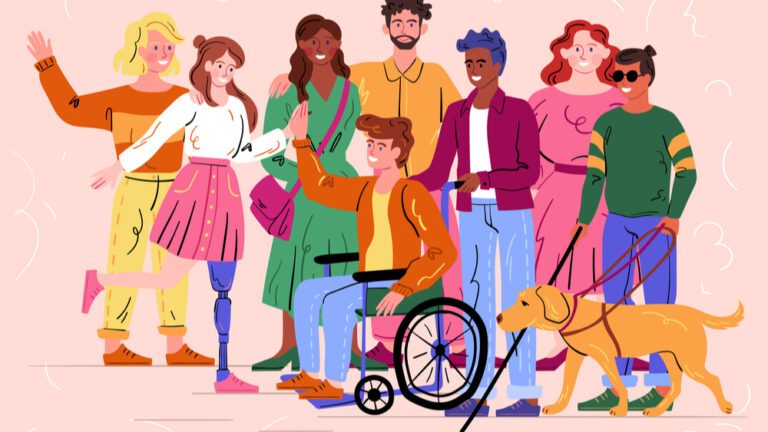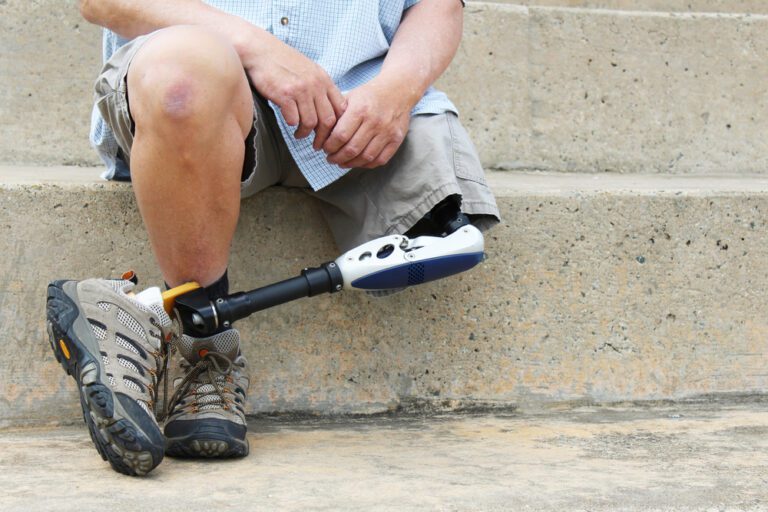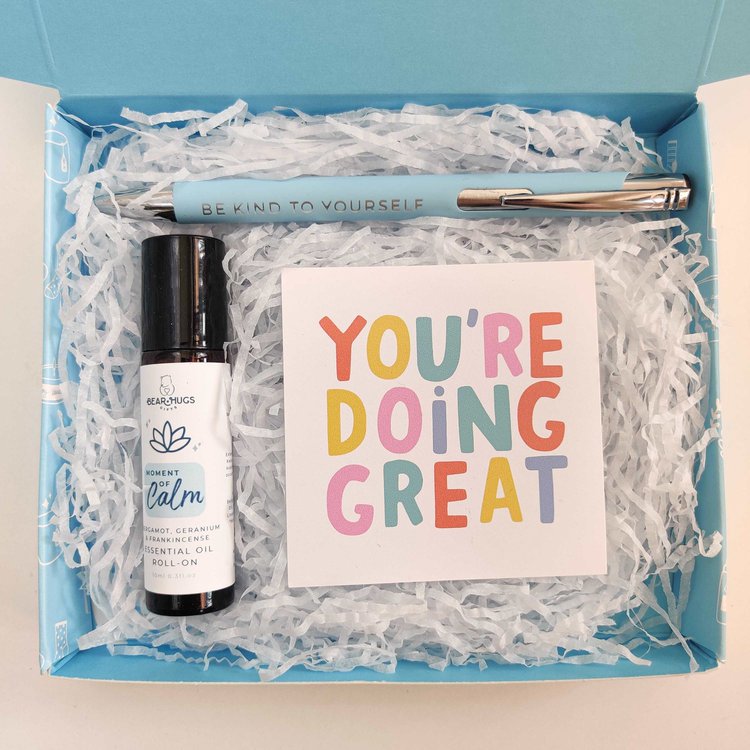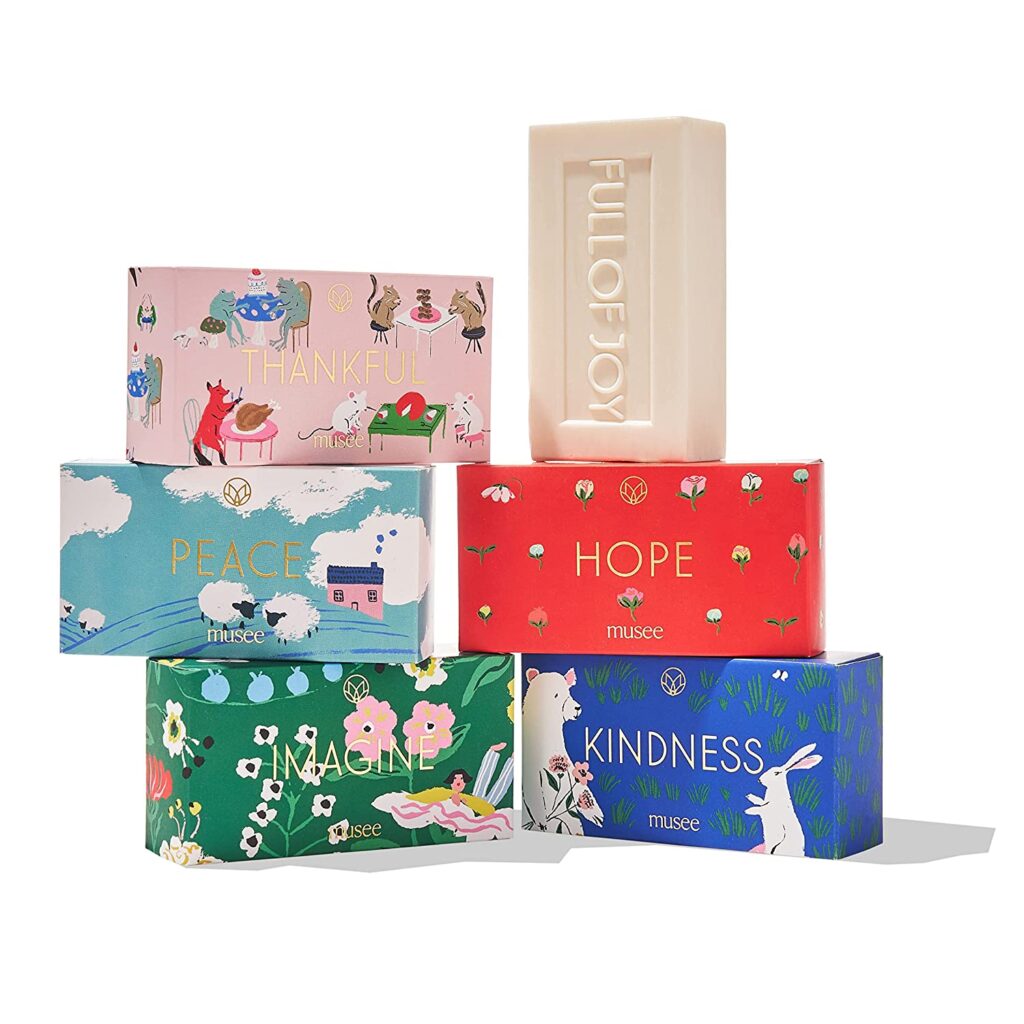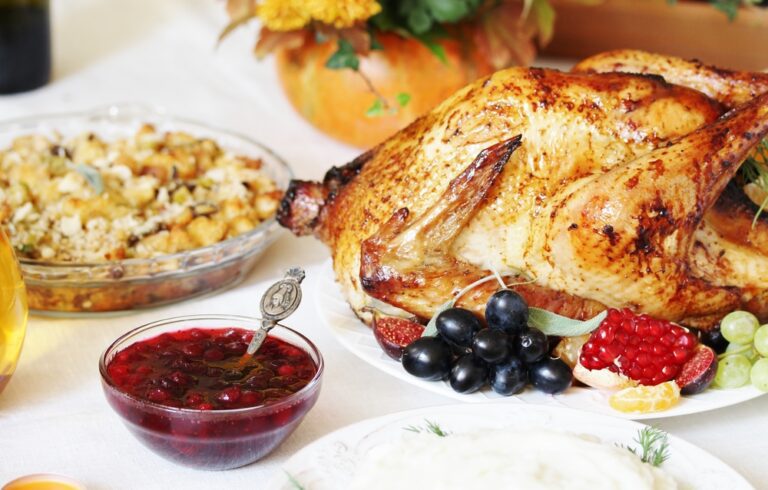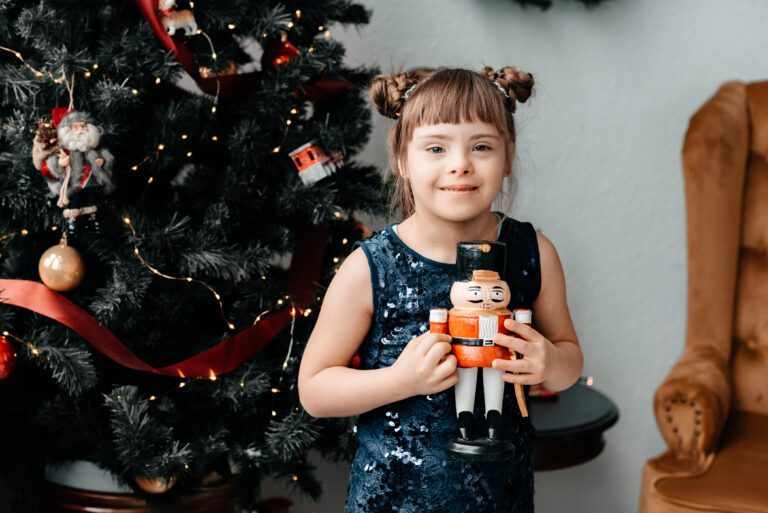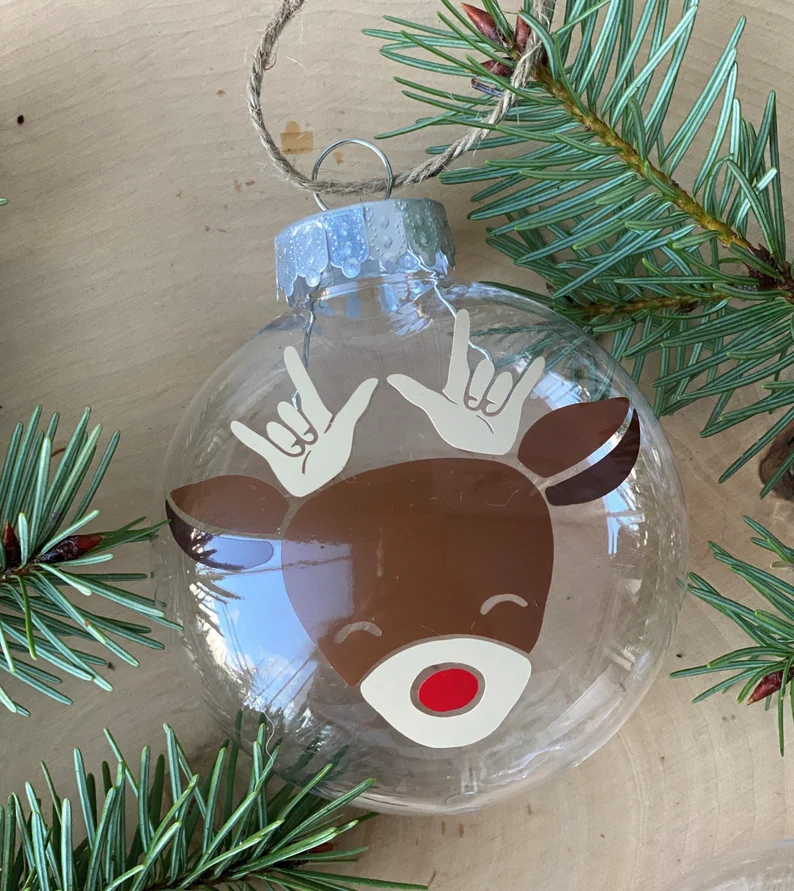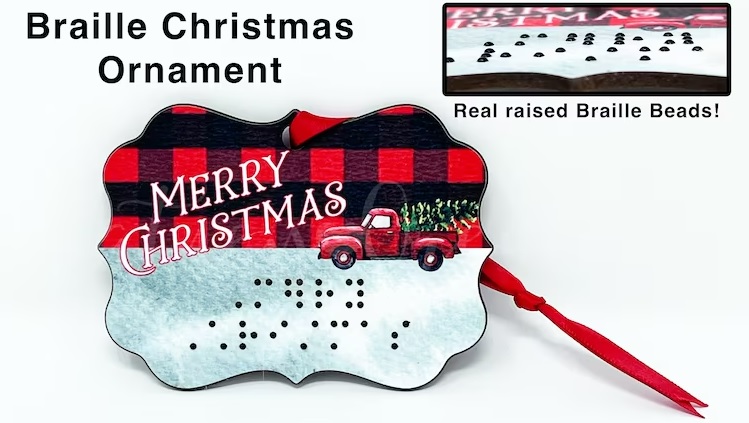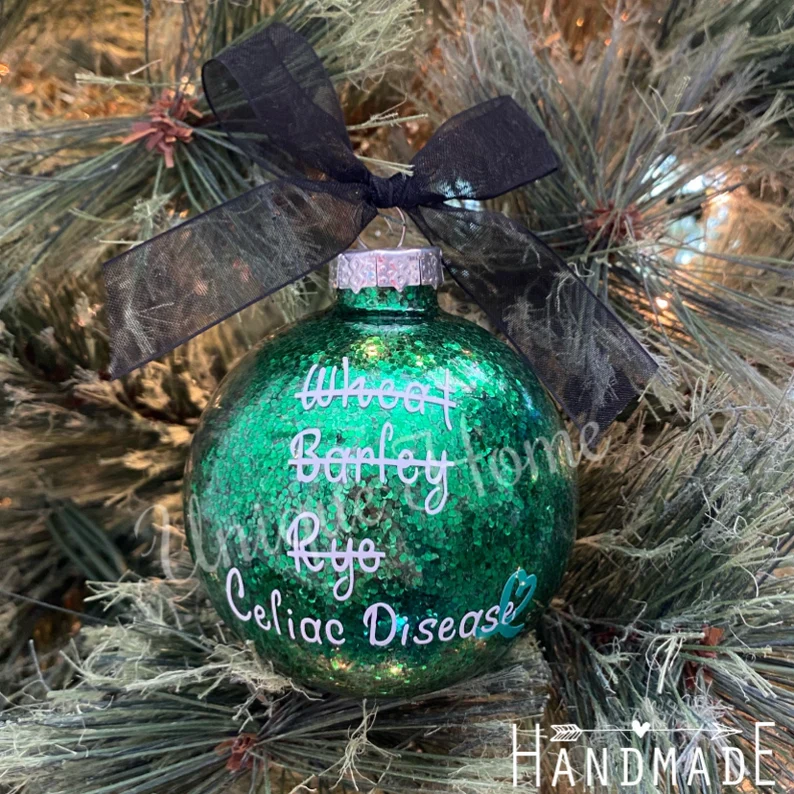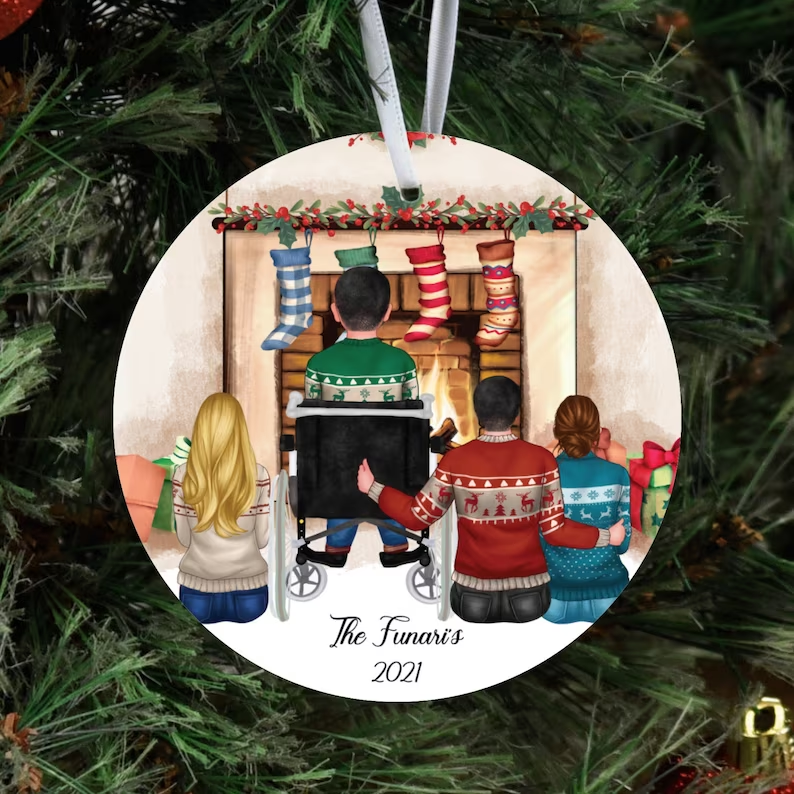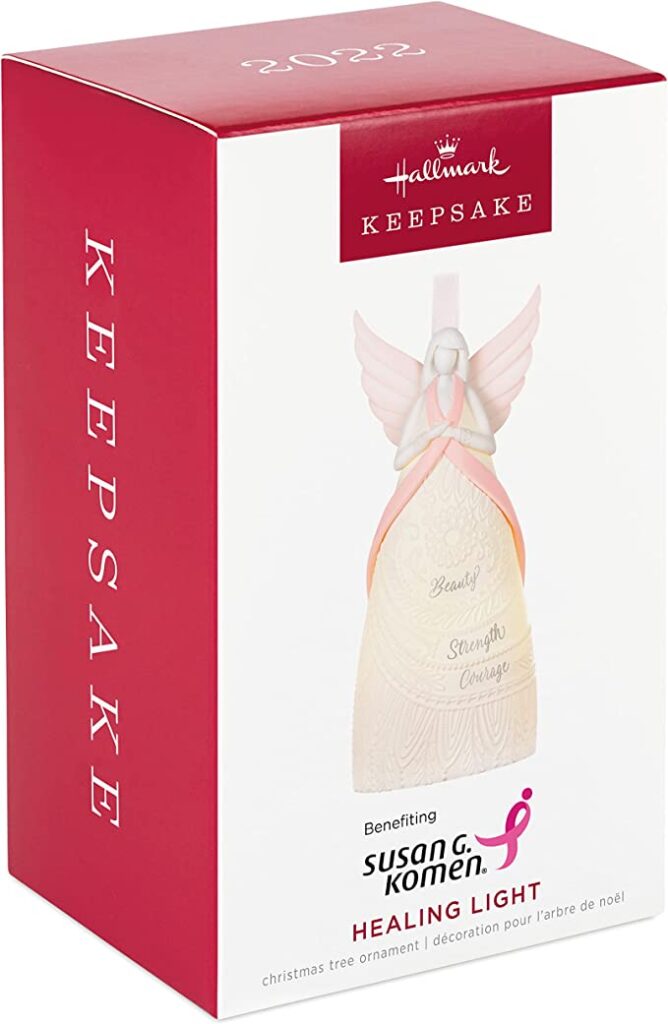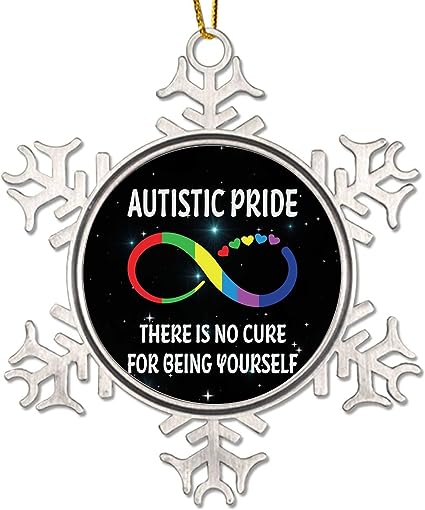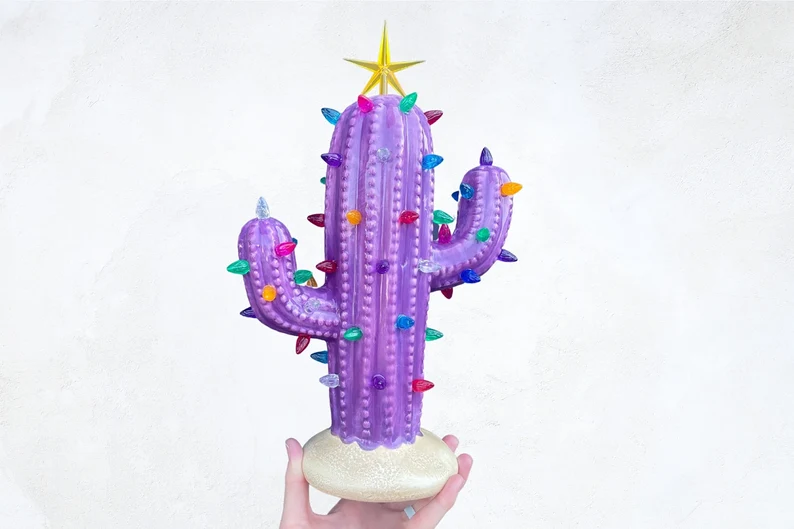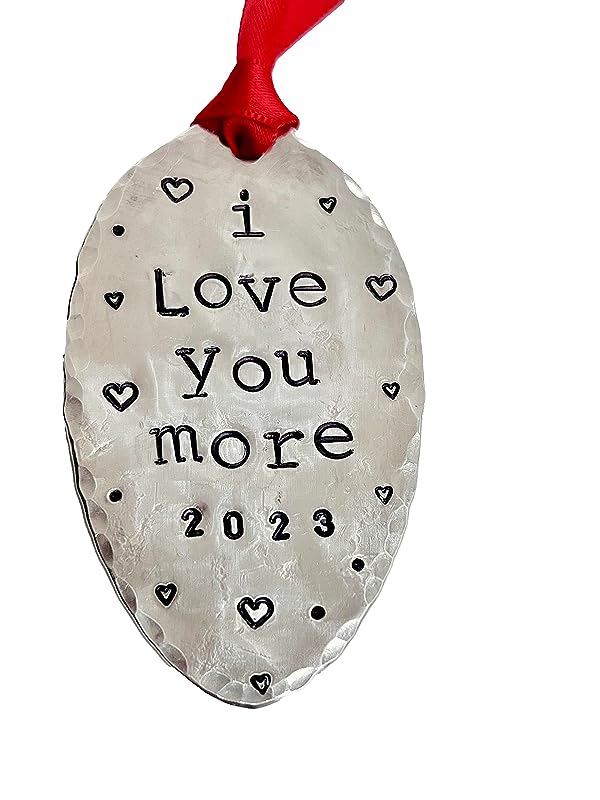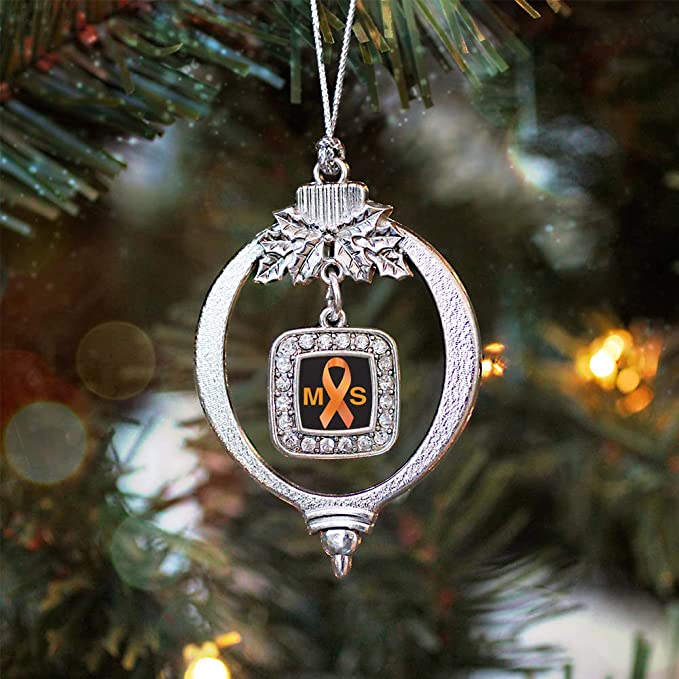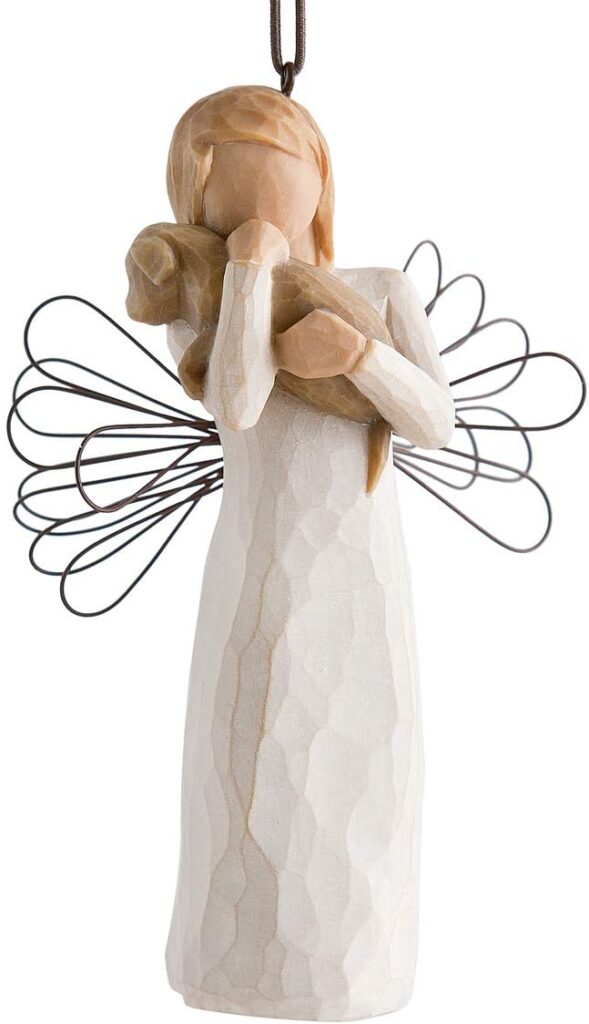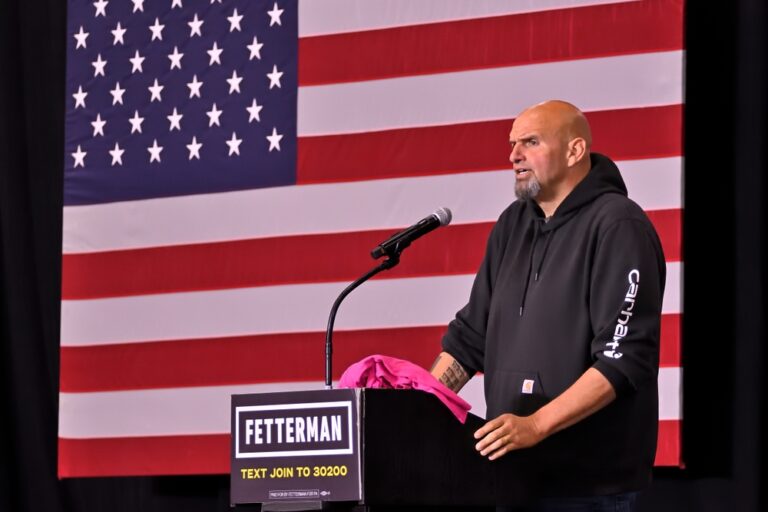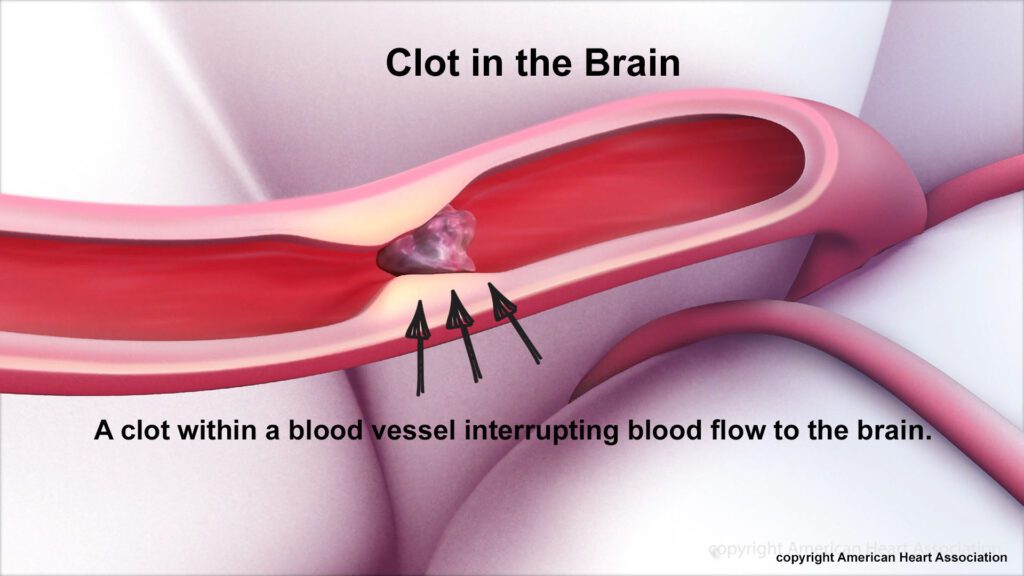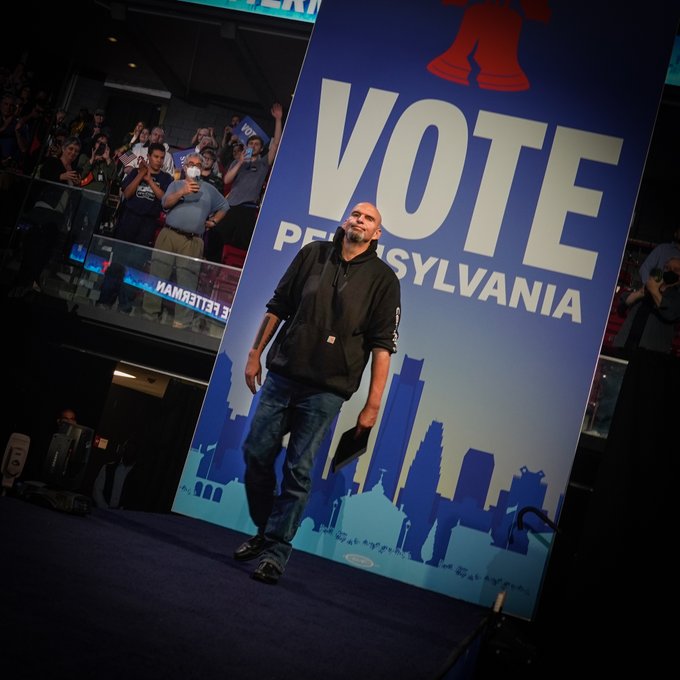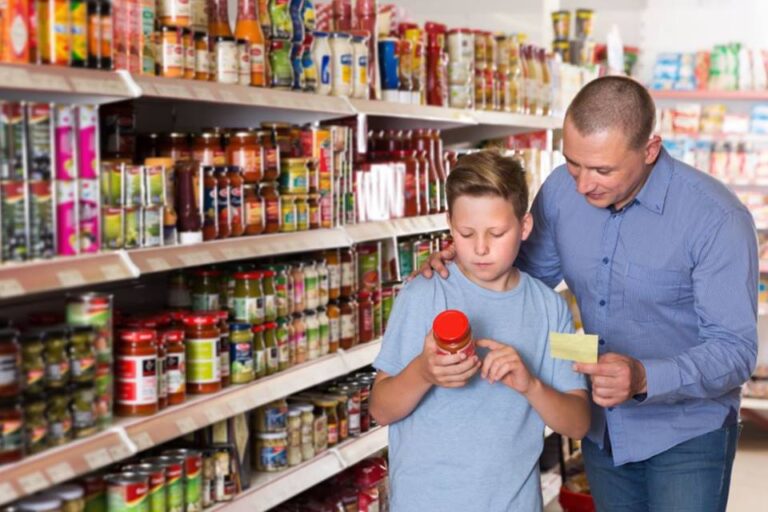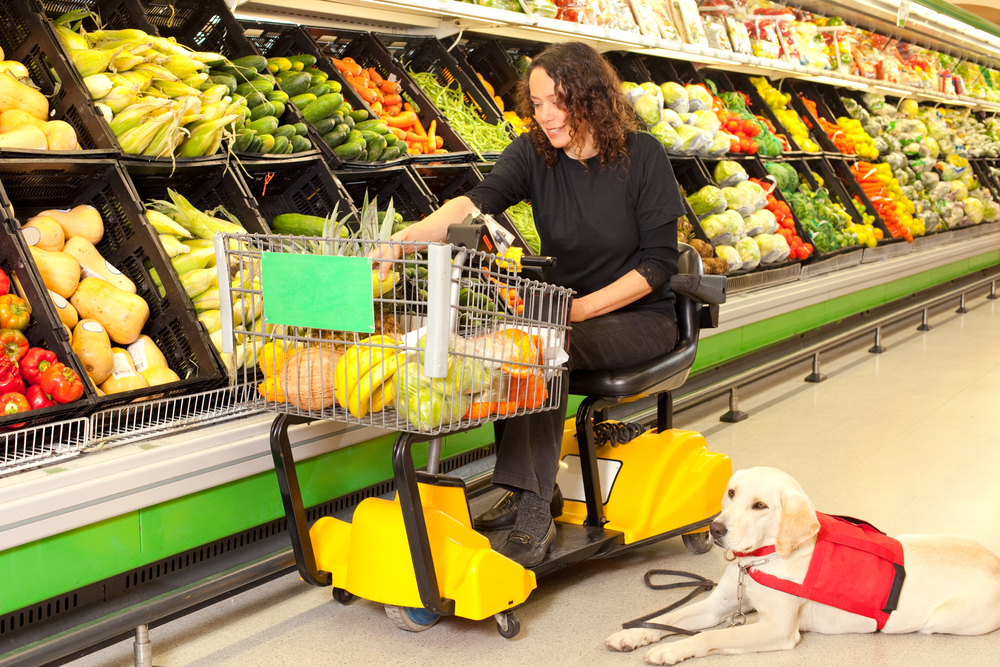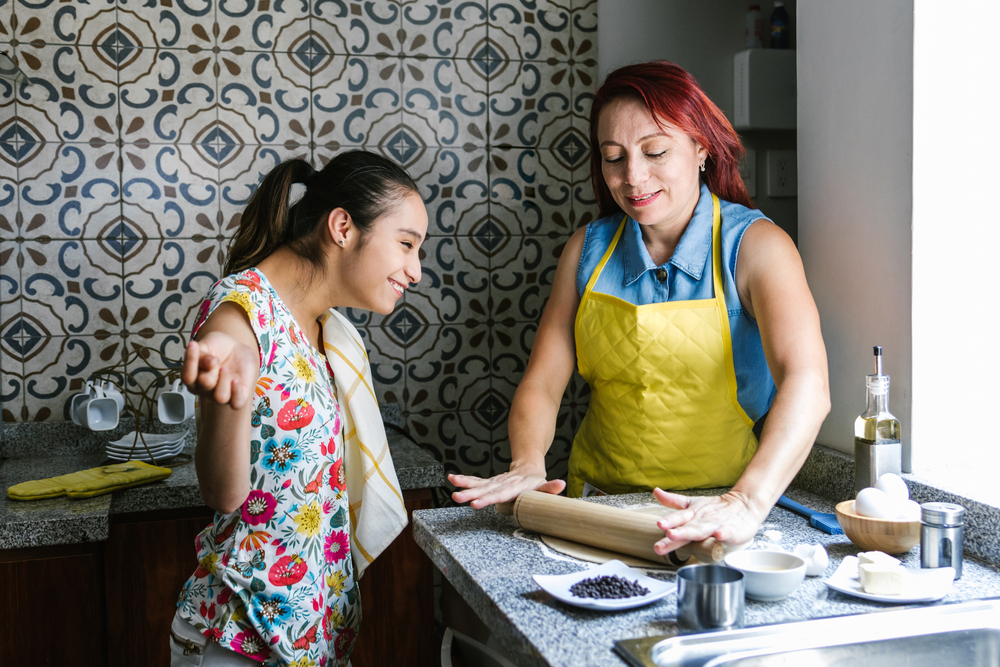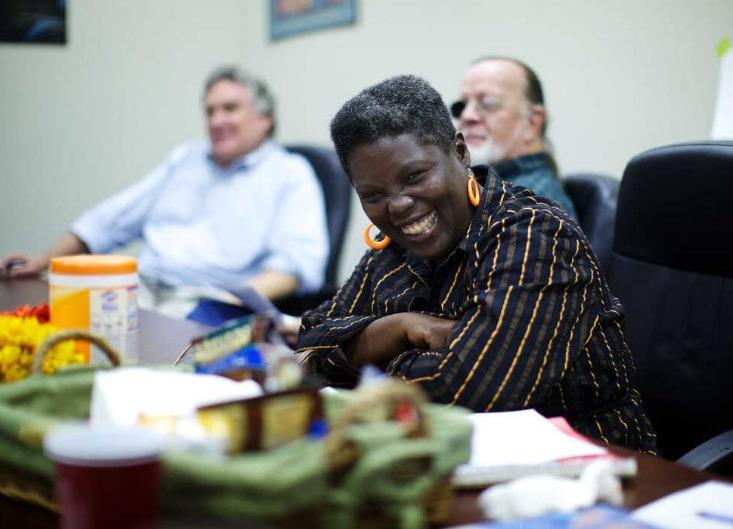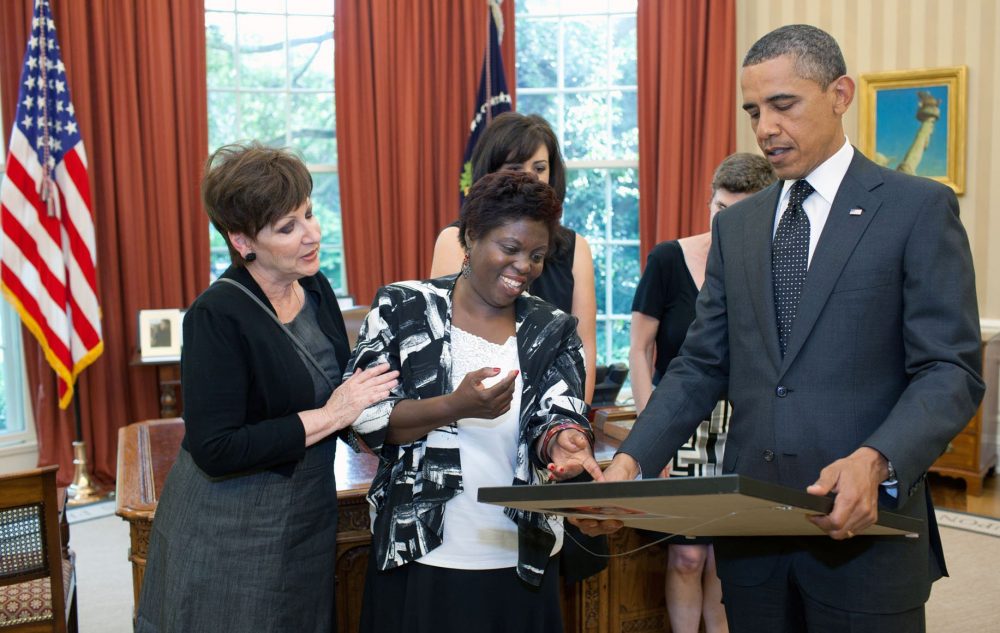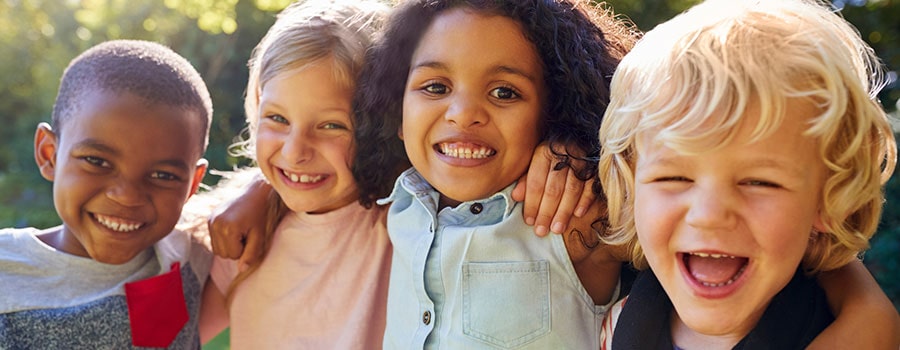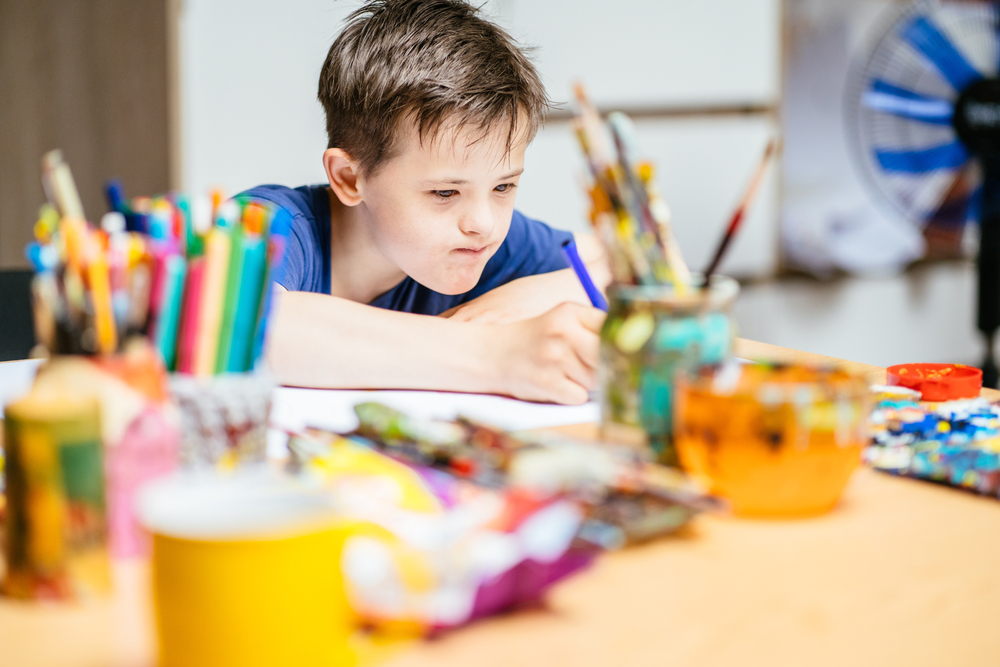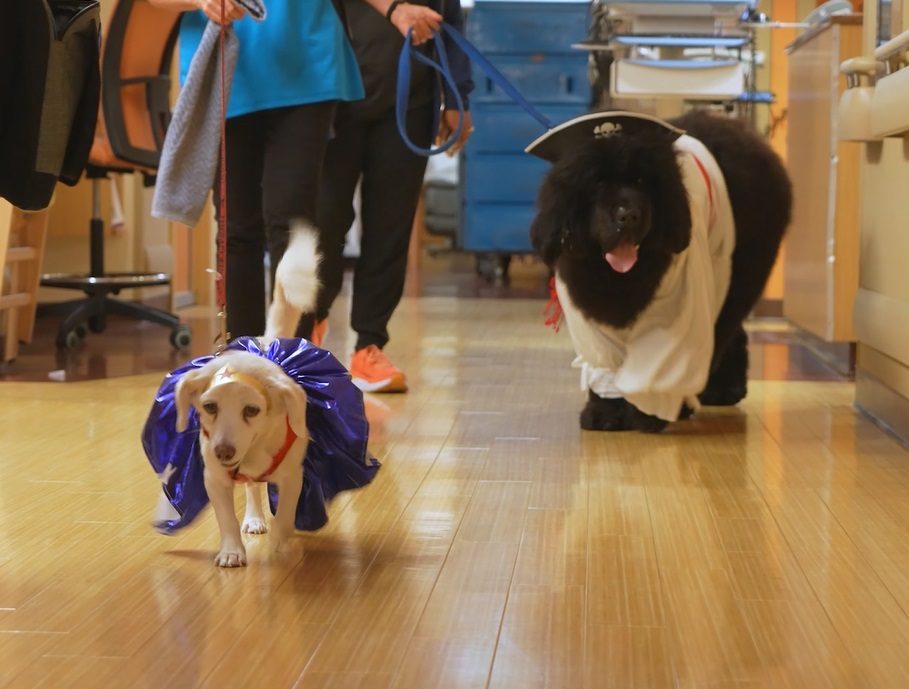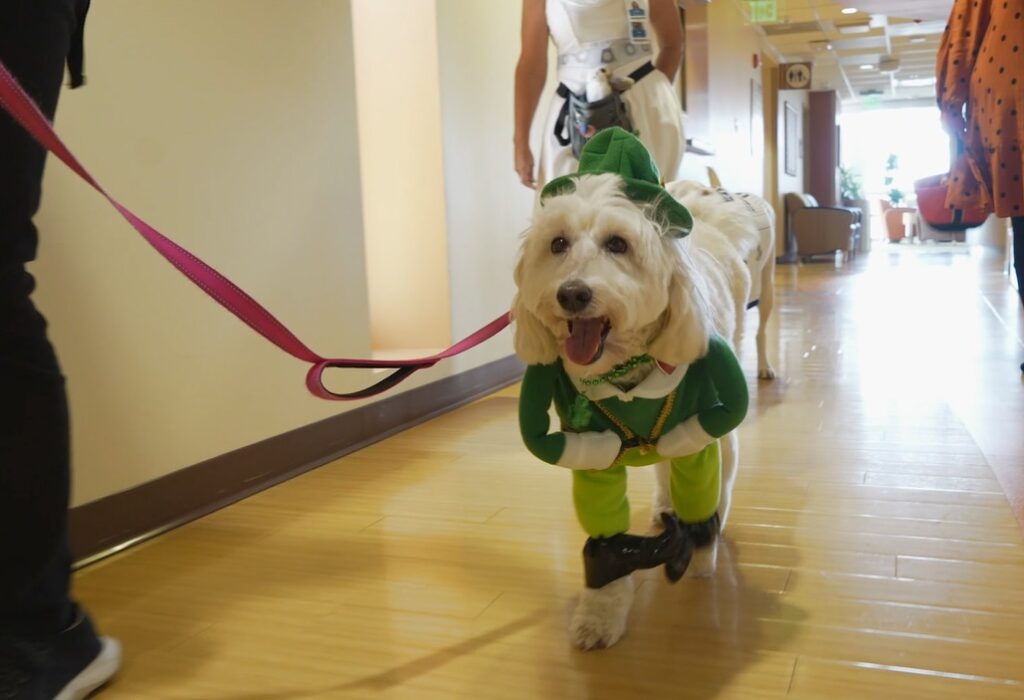GivingTuesday will be celebrated by millions of people (with and without disabilities) on Tuesday, November 29, 2022. This annual effort started in 2012 as a simple idea: a day focused on encouraging people to do good. GivingTuesday has now become a global generosity movement that, every year, inspires people to give back and spread kindness. It’s a wonderful opportunity for people of all abilities to support various causes, such as by donating to or volunteering for disability nonprofits.
Last year, 35 million adults participated in many ways on GivingTuesday 2021 in the United States, a 6% increase over 2020. Financial giving in the U.S. alone totaled $2.7 billion, representing a 9% increase compared to GivingTuesday 2020, and a 37% increase since 2019. These lofty totals represent a significant continued trend of increased generosity, which includes support and awareness of diversity and inclusion — within the disability community and beyond.
AmeriDisability has spotlighted numerous disability nonprofits and organizations. Will you support these worthy disability nonprofits on GivingTuesday? Or do you intend to support another organization?

[FYI: Click on each nonprofit name below to read a related article by AmeriDisability, or click on the nonprofit website link to reach each of the organizations’ pages.]
Here are some disability nonprofits to support on GivingTuesday:
- Adaptive Adventures: Providing progressive outdoor sports opportunities to improve the quality of life for individuals with physical disabilities and their families. adaptiveadventures.org
- ALS Association: Driven by a mission to discover treatments and a cure for ALS; and to serve, advocate for and empower people affected by ALS to live their lives to the fullest. als.org
- American Diabetes Association: Working to prevent and cure diabetes, and to improve the lives of all people affected by diabetes. diabetes.org
- American Heart Association: Working to fund cardiovascular medical research, educate consumers on healthy living and foster appropriate cardiac care in an effort to reduce disability and deaths caused by cardiovascular disease and stroke. heart.org
- American Parkinson’s Disease Association: Dedicated to fighting Parkinson’s disease and working tirelessly to help the approximately one million with PD in the United States live life to the fullest with this chronic, neurological disorder. apdaparkinson.org
- arcBARKS: A dog treat company created by The Arc of Greensboro in response to an increasing need for post-high school options for people with intellectual and developmental disabilities. arcbarks.com
- Autism Society: Working to connect people to autism-focused resources through education, advocacy, support, information and referral, and community programming. autismsociety.org

- Best Buddies International: Working to establish a global volunteer movement that creates opportunities for one-to-one friendships, integrated employment, leadership development and inclusive living for individuals with intellectual and developmental disabilities. bestbuddies.org
- Bcenter: Dedicated to stroke survivors and their caregivers with a goal to provide treatment resources, hope and direction. bcenter.org
- Braille Institute: Focused on embracing the challenges of sight loss in all its facets and rejecting its perceived limitations, with the belief that vision rehabilitation is a beginning, not an end. The Institute offers free programs and services to those with low vision to no vision. brailleinstitute.org
- Brain Injury Association of America: Advancing awareness, research, treatment and education to improve the quality of life for all people affected by brain injury. biausa.org
- Cerebral Palsy Foundation: Working to transform lives through cerebral palsy-focused research, innovation and collaboration. yourcpf.org
- Christopher & Dana Reeve Foundation: Dedicated to curing spinal cord injury by advancing innovative research and improving the quality of life for individuals and families impacted by paralysis. christopherreeve.org
- Free Wheelchair Mission: Because many people around the world who need a wheelchair don’t have access to them, this effort works to close the gap by providing inexpensive, unique wheelchairs. freewheelchairmission.org
- Gentle Carousel Miniature Therapy Horses: One of the largest equine therapy programs in the world, teams of tiny horses visit thousands of people each year inside hospitals, hospice programs, and with families, veterans and first responders who have experienced traumatic events. gentlecarouseltherapyhorses.com
- Go Baby Go: Focused on the modification of ride-on cars for children with disabilities. sites.udel.edu/gobabygo
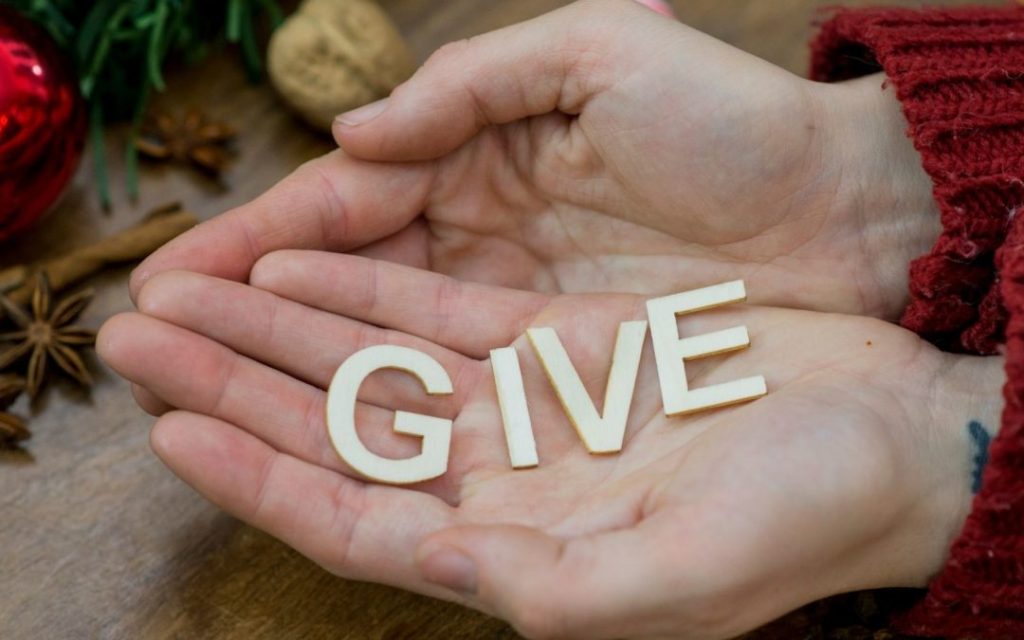
- Goodwill Industries, Inc.: A secondhand retailer offering a second hand of support by helping individuals, families and communities build brighter futures through the power of inclusive work and employment training. goodwill.org
- Grow Hub: Cultivating, empowering and assisting adults with disabilities for sustainable living through education, training and job opportunities. grow-hub.org
- interPLAY Orchestra: A nonprofit inclusive of amateur and professional musicians with (and without) mild to moderate cognitive and physical disabilities. interplayorchestra.org
- Island Dolphin Care, Inc.: An organization seeking solutions for children and families with special needs, as well as veterans living with PTSD, by tapping into expressive dolphin-to-human interactions. islanddolphincare.org
- Limbitless Solutions: An organization manufacturing personalized, affordable bionics and solutions for persons with disabilities and limb differences. limbitless-solutions.org
- Mental Health Association: An organization providing mental health services, support and information to the members of the community. mhacf.org
- Muscular Dystrophy Association: Working to support people affected by muscular dystrophy, ALS and related neuromuscular diseases through innovations in science and care. mda.org
- National Alopecia Areata Foundation: Serving the community of people affected by an autoimmune skin disease called alopecia areata, which results in hair loss and emotional pain. naaf.org
- National Association of the Deaf: Working to ensure that the collective interests of the American deaf and hard-of-hearing community are seen and represented among our nation’s policymakers and opinion leaders at the federal level. nad.org

- National Down Syndrome Society: Supporting and advocating for the Down syndrome community by focusing on three key areas of programming: Resources & Support, Policy & Advocacy and Community Engagement. ndss.org
- National Multiple Sclerosis Society: Working to cure multiple sclerosis, while also empowering people affected by MS to live their best lives. nationalmssociety.org
- Ronald McDonald House Charities: Their programming allows families (with children with serious illnesses, including an array of disabilities) to stay together during periods of hospital stays, either at a Ronald McDonald House, which includes accessible amenities, or other accommodations like nearby hotels. rmhc.org
- Smile Farms: Working to provide developmentally disabled adults with meaningful work opportunities at farms, urban gardens, greenhouses and farm stands, where they can grow and sell flowers, plants and produce in their local communities. smilefarms.org
- Sickle Cell Disease Association of America: Advocating for people affected by sickle cell conditions and empowering community-based organizations to maximize the quality of life and raise public consciousness while advancing the search for a universal cure. sicklecelldisease.org
- Solve M.E.: A catalyst for critical research into diagnostics, treatments and cures for myalgic encephalomyelitis/chronic fatigue syndrome (ME/CFS), Long Covid and other post-infection diseases. solvecfs.org
- Special Olympics: Promoting the acceptance of all people through sports and various programming. specialolympics.org
- Spina Bifida Association: Working to build a better and brighter future for all those impacted by spina bifida. spinabifidaassociation.org
- Stand Up and Play Foundation: Aimed at helping wheelchair users stand up to participate in sporting, artistic and other activities and/or experience the empowerment of looking one eye to eye. standupandplayfoundation.org
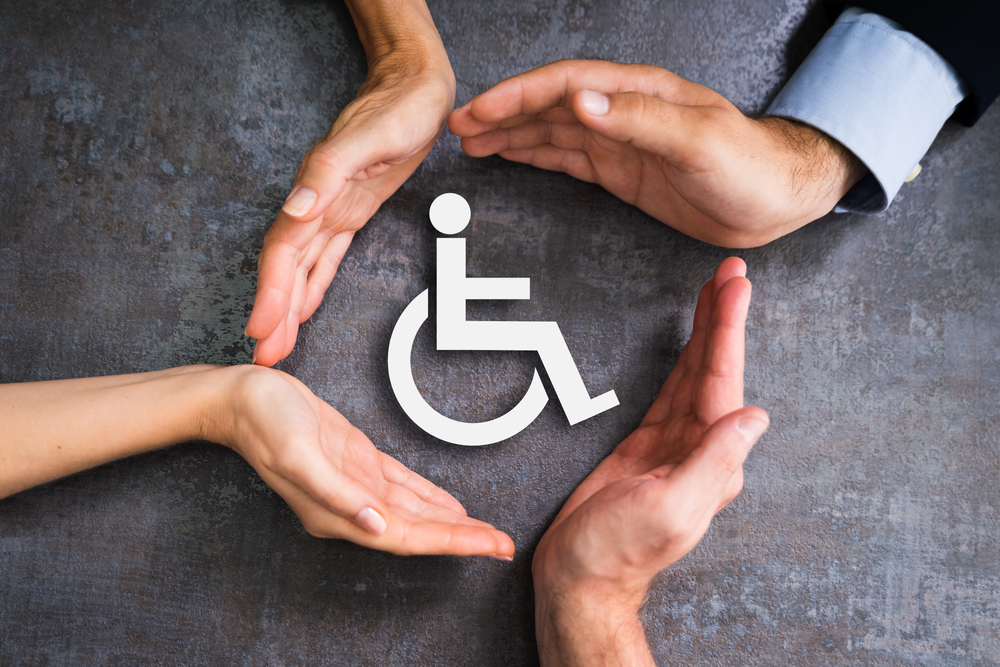
- Surfers For Autism: A relationship-building organization providing free surf sessions and more for persons with autism and other related developmental delays and disabilities. surfersforautism.org
- The Reveille Project: Striving to grant wellness-focused guidance to veterans with mood disorders and physical disabilities working to adapt socially, emotionally, physically and spiritually back into civilian life. thereveilleproject.org
- UCP: An organization dedicated to unlocking the potential of children with and without disabilities through education, therapy services and programs. ucp.org
- United Spinal Association: Dedicated to empowering people with spinal cord injuries and disorders (SCI/D), including veterans, to live successful and fulfilling lives. unitedspinal.org
- U.S. Pain Foundation: Dedicated to serving those who live with conditions that cause chronic pain, as well as their caregivers and care providers. uspainfoundation.org
- Yes She Can, Inc.: Helping teen girls and young women with autism spectrum disorders to develop transferable job skills to enable them to join the competitive workforce and achieve greater independence. yesshecaninc.org
Thanks for considering participating in GivingTuesday to support disability nonprofits!
Please note: AmeriDisability is committed to celebrating the impactful efforts of nonprofits serving the disability community. The organizations in this article are some examples of incredible change-makers. If you know of other disability-serving organizations that you think AmeriDisability should highlight, please contact us at info@ameridisability.com.




